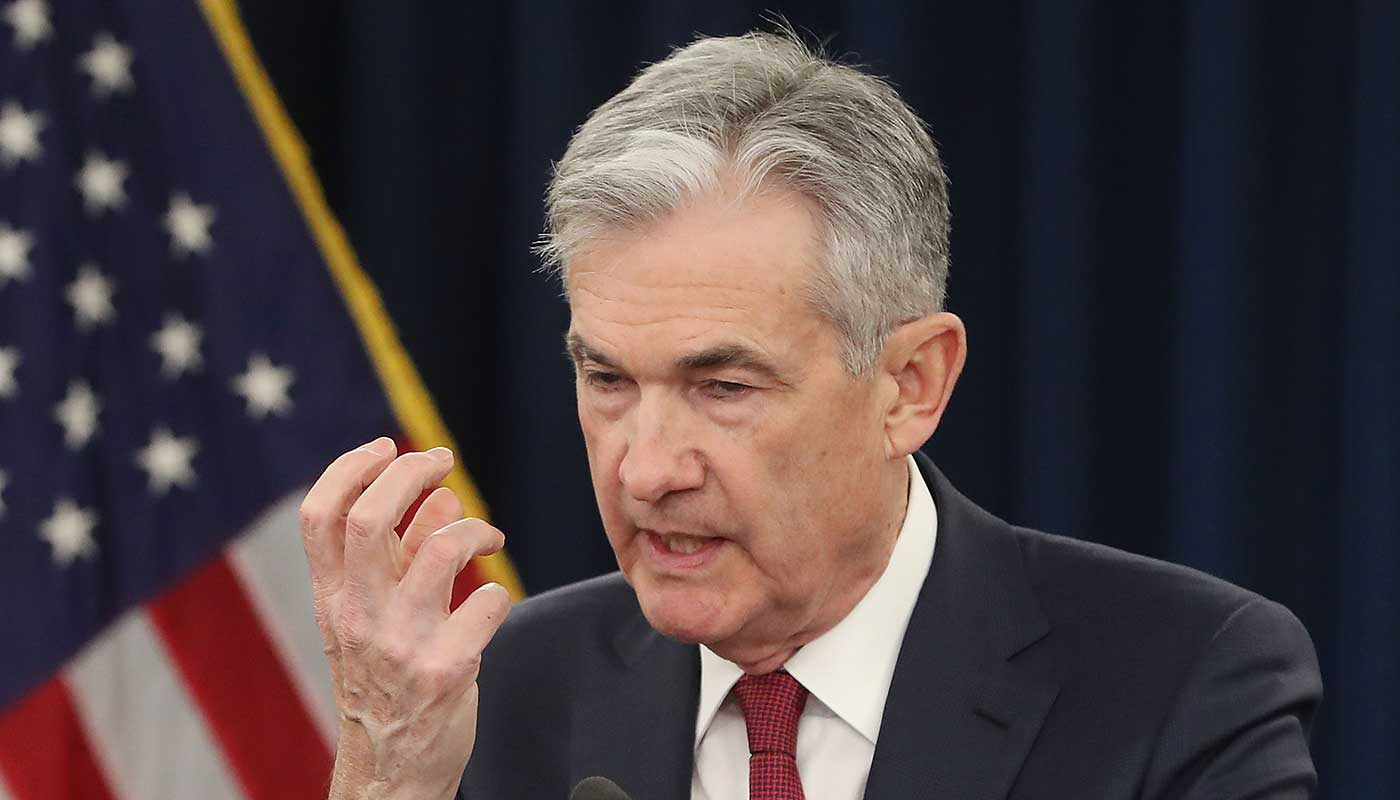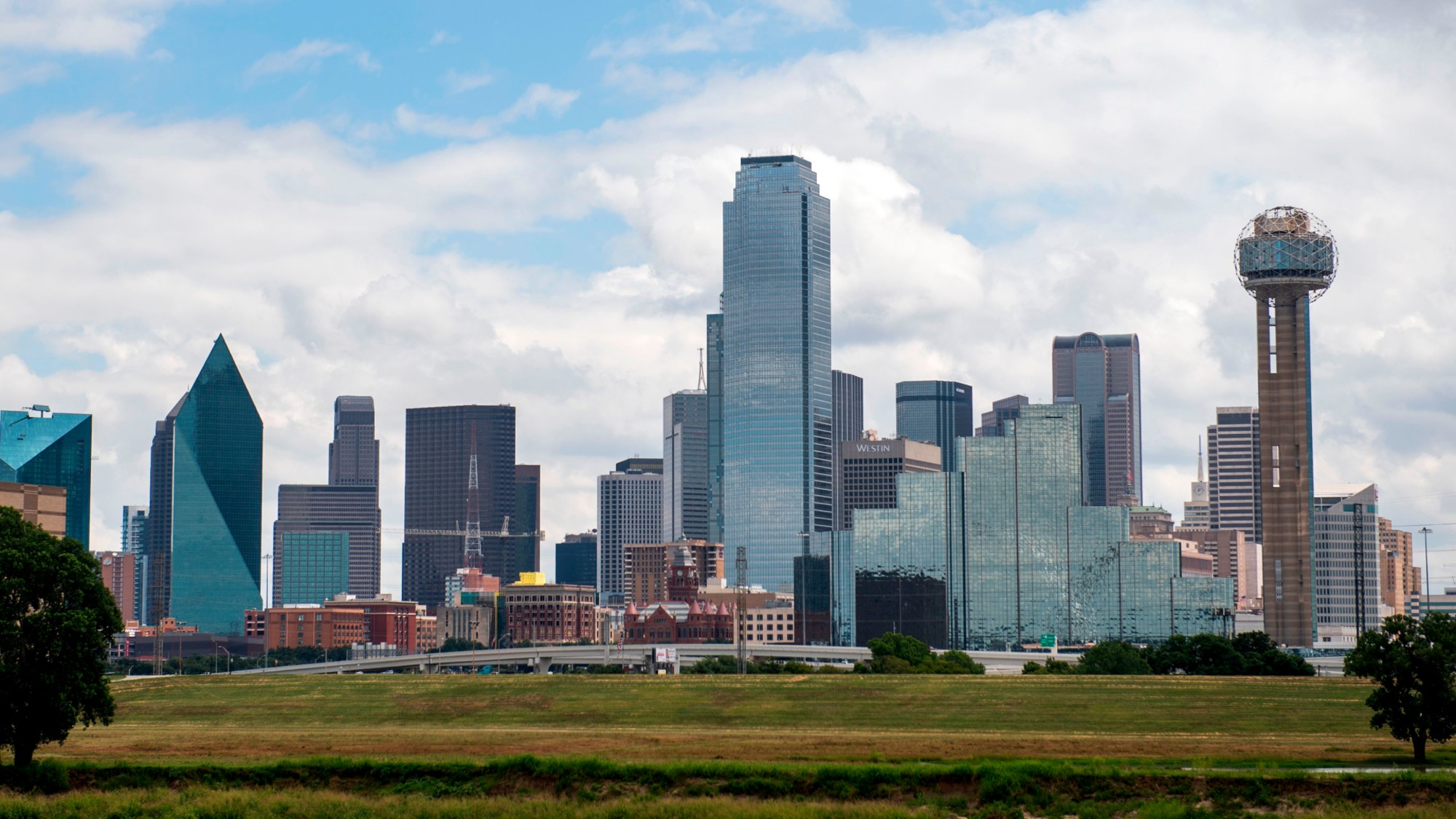How bad could the bear market get?
There’s a whiff of panic in the air – and not just in stock markets

“It’s getting ugly out there,” said Ben Wright on Telegraph.co.uk. “Wall Street collapsed into a bear market on Monday” – and fell further the following day, “amid fears that sharply rising interest rates will tip the world’s biggest economy into a recession”. Stock markets duly swooned across the world. The rout was triggered by figures showing that US consumer prices had jumped 8.6% from a year ago in May, said Hudson Lockett in the FT. This stoked expectations that the US Federal Reserve could implement “an extra-large rate rise of 0.75 percentage points” at this week’s monetary policy committee – and may follow up with another in July. Growing anticipation of sharper rate rises also caused prices of government bonds to lurch downwards.
Fed chairman Jerome Powell “prizes predictability”, said The Economist. The idea is to give investors “ample guidance” to prepare them for policy changes. “But the past few days have been a whirlwind.” Suddenly, “the table has been slanted in a more hawkish direction”, with Powell contemplating “the biggest single rise” since 1994. “History suggests that rapid monetary tightening often precedes a recession. But the Fed knows that runaway inflation would be worse.” There’s no longer any excuse for failing to act, agreed DealBook in The New York Times. “Supply chain problems have eased”, yet prices have nonetheless continued to rise because of “continued intense demand for goods and services”. So far, “the Fed’s moves have not had much effect”. Indeed, some economists argue that the current 8.6% inflation figure may even underestimate the true situation.
The likelihood is “of a long, grinding market correction amid extempore monetary policymaking”, said Lex in the FT. No wonder “investors are rushing for safety”. People “quibble about definitions of a bear market”, said John Stepek on MoneyWeek.com, but with America’s benchmark S&P 500 index now down by 20% this year (and the tech-focused Nasdaq down by nearly a third), “no one’s querying that we’re in one now”. Still, “the scarier stuff is happening in bond markets”. The yield on ten-year US Treasury bonds (which moves inversely to the price) hit its highest level since 2018 – raising “some intriguing questions about the cost of borrowing for governments”. It’s worrying that “yield spreads in the eurozone are widening”: markets seem to be again “differentiating between the creditworthiness of countries” in the zone. That, of course, was the root of Europe’s sovereign debt crisis in the 2010s. No one is yet predicting a repeat. But it was telling that the European Central Bank convened an emergency meeting this week.
The Week
Escape your echo chamber. Get the facts behind the news, plus analysis from multiple perspectives.

Sign up for The Week's Free Newsletters
From our morning news briefing to a weekly Good News Newsletter, get the best of The Week delivered directly to your inbox.
From our morning news briefing to a weekly Good News Newsletter, get the best of The Week delivered directly to your inbox.
A free daily email with the biggest news stories of the day – and the best features from TheWeek.com
-
 Trump’s poll collapse: can he stop the slide?
Trump’s poll collapse: can he stop the slide?Talking Point President who promised to ease cost-of-living has found that US economic woes can’t be solved ‘via executive fiat’
-
 Sudoku hard: December 7, 2025
Sudoku hard: December 7, 2025The daily hard sudoku puzzle from The Week
-
 Codeword: December 7, 2025
Codeword: December 7, 2025The daily codeword puzzle from The Week
-
 Texas is trying to become America’s next financial hub
Texas is trying to become America’s next financial hubIn the Spotlight The Lone Star State could soon have three major stock exchanges
-
 Coffee jitters
Coffee jittersFeature The price of America’s favorite stimulant is soaring—and not just because of tariffs
-
 What a rising gold price says about the global economy
What a rising gold price says about the global economyThe Explainer Institutions, central banks and speculators drive record surge amid ‘loss of trust’ in bond markets and US dollar
-
 Shein in Paris: has the fashion capital surrendered its soul?
Shein in Paris: has the fashion capital surrendered its soul?Talking Point Despite France’s ‘virtuous rhetoric’, the nation is ‘renting out its soul to Chinese algorithms’
-
 The 996 economy: Overtime, Silicon Valley–style
The 996 economy: Overtime, Silicon Valley–stylefeature After work, there’s...more work
-
 Autumn Budget: will Rachel Reeves raid the rich?
Autumn Budget: will Rachel Reeves raid the rich?Talking Point To fill Britain’s financial black hole, the Chancellor will have to consider everything – except an income tax rise
-
 Is a financial market crash around the corner?
Is a financial market crash around the corner?Talking Points Observers see echoes of 1929
-
 Auto loans: Trouble in the subprime economy
Auto loans: Trouble in the subprime economyFeature The downfall of Tricolor Holdings may reflect the growing financial strain low-income Americans are facing